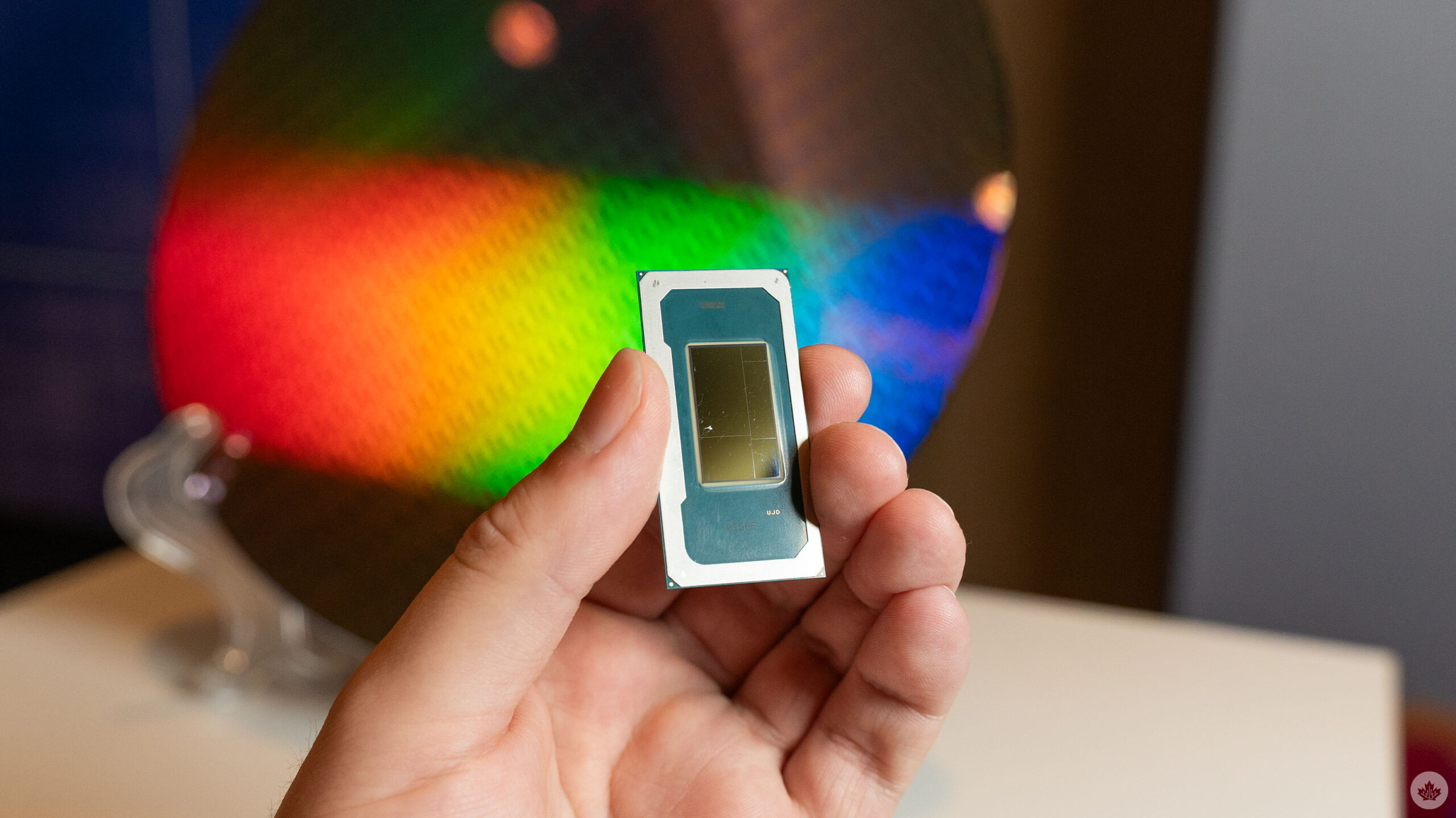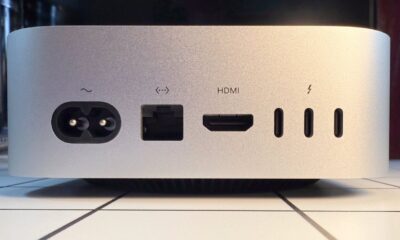Technology
Intel Launches Panther Lake Chips Focused on AI and Efficiency

Intel recently introduced its new Panther Lake laptop chips during a Tech Tour event in Arizona. These chips are designed to enhance performance and efficiency, with a notable emphasis on artificial intelligence (AI). Although the full range of devices powered by Panther Lake is set to be unveiled in January 2024, the early preview highlighted the company’s advancements in chip technology.
A significant aspect of the Panther Lake announcement is the transition to Intel’s 18A 2nm process node, which promises improvements in both performance and energy efficiency. This shift aims to narrow the competitive gap in the portable computing market. Intel is moving towards a modular chip architecture, known as chiplets, enabling greater scalability and efficiency. This design allows for variations in performance by incorporating additional GPU cores, adapting to different user needs.
Two advanced technologies, RibbonFET and PowerVia, are integral to the 18A process. RibbonFET modifies the traditional transistor layout, which enhances control over electrical current and minimizes power leakage. This innovation enables smaller transistors, allowing for higher transistor density and improved performance. PowerVia shifts power delivery to the backside of the chip, simplifying the overall structure and reducing signal interference, thereby enhancing performance.
Intel claims that the 18A process offers a 15 percent increase in performance per watt over its previous Intel 3 process, coupled with a 1.3x increase in chip density. The Panther Lake chips will consist of up to four Intel 18A Cougar Cove performance cores and as many as eight Darkmont efficiency cores, with an additional cluster of four Darkmont cores designated as the low-power island. This configuration is designed to optimize power usage while maintaining high performance.
The Panther Lake architecture boasts significant improvements in power efficiency, with a reported 40 percent reduction in power draw compared to previous models. According to Intel, the chips exhibit similar performance to the Lunar Lake and Arrow Lake processors while consuming less power. For example, under comparable workloads, Panther Lake can deliver up to 50 percent better multi-thread performance at similar power levels.
Intel showcased various demonstrations to illustrate Panther Lake’s capabilities. In one test, a Panther Lake device managed to handle a range of tasks, including video conferencing and document editing, while maintaining a power consumption of around 7 watts. In comparison, the Arrow Lake drew approximately 10-11 watts, highlighting Panther Lake’s efficiency.
Another notable feature is the introduction of the Intelligent Experience Optimizer (IEO), a tool designed to automate power management based on user settings. This innovation aims to deliver a performance boost of around 19 percent in certain benchmarks, enhancing the user experience by optimizing power consumption dynamically.
On the graphics front, Panther Lake chips will incorporate Xe3 graphics technology, which replaces the previous Xe2 generation. The new GPUs are available in two configurations: 4Xe and 12Xe, corresponding to the number of Xe cores. Intel asserts that this updated architecture provides 50 percent more performance than the previous generation while improving efficiency.
The chip’s graphics capabilities have also been enhanced through the development of Intelligent Bias Control v3, which optimizes power delivery to improve performance consistency. Intel anticipates that this will result in a 10 percent increase in frames per second during gaming and graphic-intensive tasks.
The Panther Lake chips will also feature an upgraded Neural Processing Unit (NPU), termed NPU 5. This new model is designed to improve AI capabilities while occupying less space on the chip. Intel claims NPU 5 can achieve up to 50 TOPS compared to 48 TOPS for its predecessor, NPU 4, and offers enhanced support for advanced AI tasks.
Intel’s ambitious plans for Panther Lake suggest a significant leap in performance and efficiency for laptop chips. As the company works to regain its position in the market, these innovations could make Intel chips more appealing to consumers seeking better battery life and overall performance. The true effectiveness of these advancements will become clearer as independent testing validates Intel’s claims following the official product launch in January 2024.
-

 Politics4 weeks ago
Politics4 weeks agoSecwepemc First Nation Seeks Aboriginal Title Over Kamloops Area
-

 World5 months ago
World5 months agoScientists Unearth Ancient Antarctic Ice to Unlock Climate Secrets
-

 Entertainment5 months ago
Entertainment5 months agoTrump and McCormick to Announce $70 Billion Energy Investments
-

 Science5 months ago
Science5 months agoFour Astronauts Return to Earth After International Space Station Mission
-

 Lifestyle5 months ago
Lifestyle5 months agoTransLink Launches Food Truck Program to Boost Revenue in Vancouver
-

 Technology3 months ago
Technology3 months agoApple Notes Enhances Functionality with Markdown Support in macOS 26
-

 Lifestyle3 months ago
Lifestyle3 months agoManitoba’s Burger Champion Shines Again Amid Dining Innovations
-

 Top Stories2 months ago
Top Stories2 months agoUrgent Update: Fatal Crash on Highway 99 Claims Life of Pitt Meadows Man
-

 Politics4 months ago
Politics4 months agoUkrainian Tennis Star Elina Svitolina Faces Death Threats Online
-

 Sports5 months ago
Sports5 months agoSearch Underway for Missing Hunter Amid Hokkaido Bear Emergency
-

 Politics5 months ago
Politics5 months agoCarney Engages First Nations Leaders at Development Law Summit
-

 Technology5 months ago
Technology5 months agoFrosthaven Launches Early Access on July 31, 2025





















